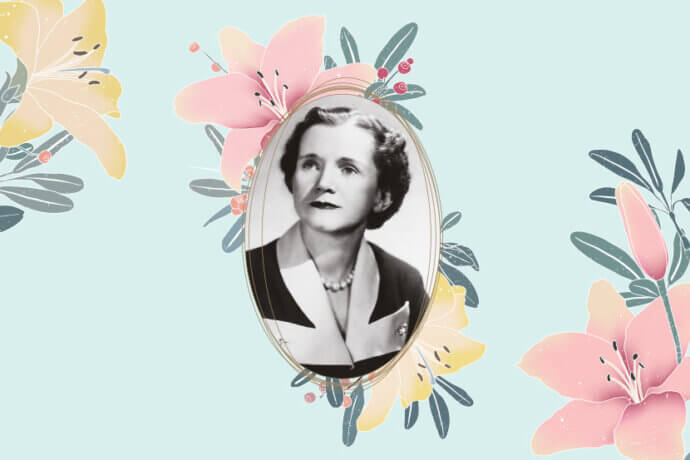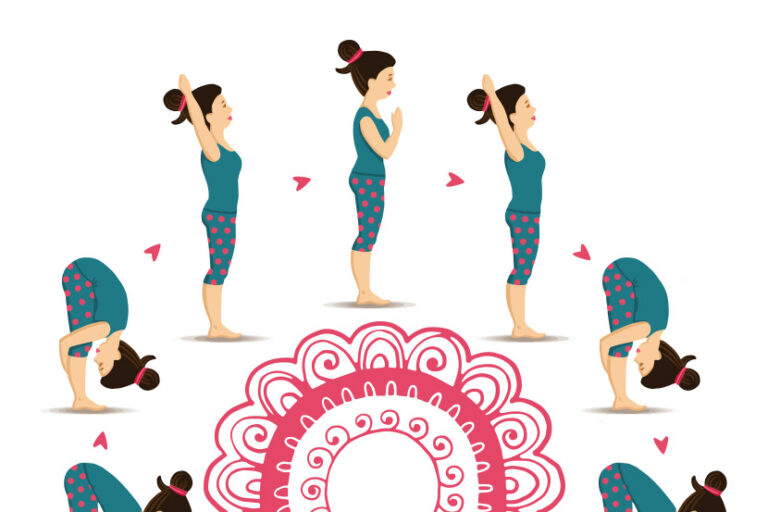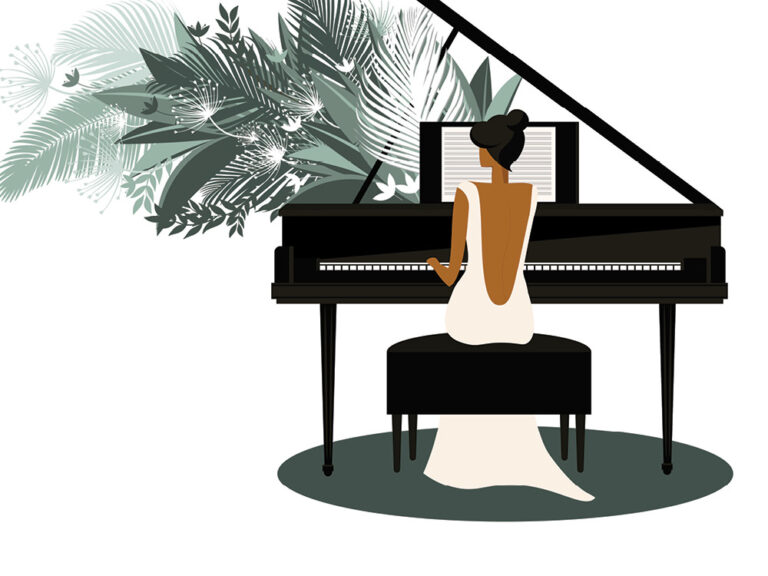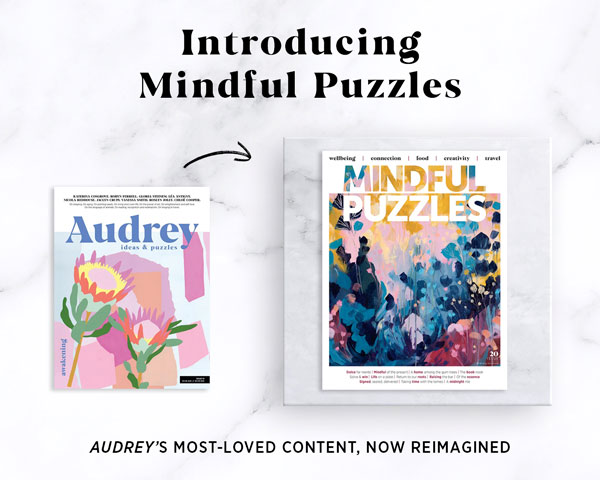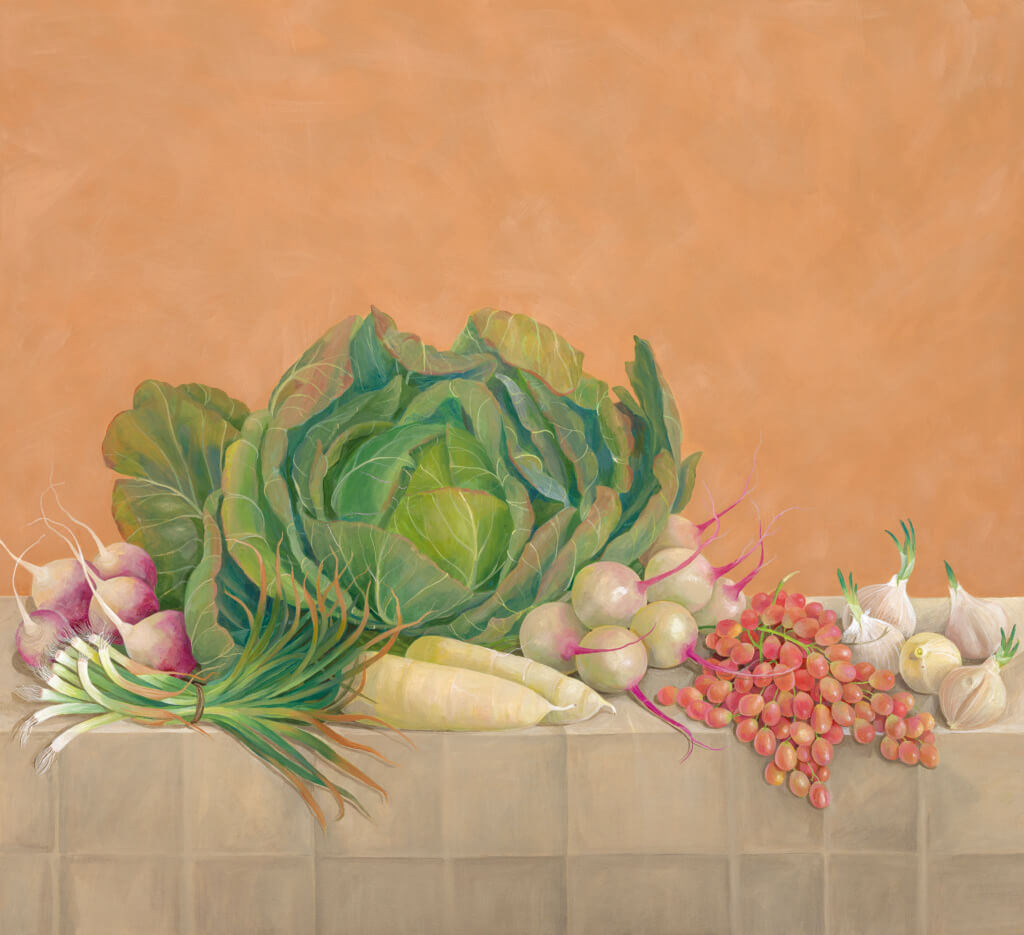
Pick up a paintbrush and prep your palette, painting can be truly restorative.
Radiant in sunshine, the gardens are at their best and most abundant. Beds overflowing with flowers both bold and subtle flank the pathways that lead me to the 120-year-old Maiden Theatre, named for a long-serving director of Sydney’s Royal Botanic Garden whose early 20th-century planting programs created the city’s distinct subtropical look.
Still life painting
The event I’m attending is a painting course called ‘Still Alive’. After the global traumas of the past 18 months, the pun seems appropriate. For two days, I and 11 other recreational painters will immerse ourselves in the art form known as still life. In doing so we’ll remind ourselves that we and the world are still alive, and we will also live in the rich stillness of a contemplative painting practice.
Our teacher is New Zealand-born artist Charlotte Thodey, whose drawing and painting classes at the Royal Botanic Garden in Sydney attract both newcomers and more experienced artists to develop their skills in “the close-up observation of nature and light”. Seasonal fruits and vegetables, foliage, crockery, linen and other fabrics are the objects whose forms and colours we’ll strive to capture, translating our perceptions of the three-dimensional world into pleasing two-dimensional images.
In the large, high-ceilinged room 12 places are set, each with a desk easel and a few prompts to composition. A sideboard running the length of the room holds a rich array of further possibilities: strange fruits and magnificent vegetables sourced from the market that morning, interesting china plates and vases from Charlotte’s collection. I’ve brought a pewter bowl from home and fill it with ripe pears from the sideboard. A small rug woven in earthy colours makes an interesting base, and a bright blue vase filled with big spreading branches of curling leaves provides some drama in the background. The setup is important, so I spend time on it, moving things around until I’m happy with the way the objects relate to each other.
The first brushstroke
The first brushstroke is always somewhat terrifying. The blank canvas has its own perfection, and any mark you make on it is likely to seem inadequate. But acrylic paint is a forgiving medium, able to accommodate any change of mind. Besides, as Charlotte says, our first task is simply to “get coverage”, putting paint down to take away that accusing whiteness and provide a base for future layers of colour. I concentrate on blocking in the main shapes, not forgetting the shadows which are just as much a part of the picture as the objects that cast them. The details will come later.
Charlotte leans in to point out that I’ve made the pears too flat, losing some of their beautiful overlapping curves as they rise out of the bowl. This is the style of tuition: mainly an injunction to look, and look again. Charlotte calls herself a “roving eye”, whose job it is to help us to see, and then trust our vision.
My teacher’s practice
Her own artistic practice is a celebration of moments in time, capturing the passage of living things on their journey through ripeness to decay. She traces her obsession with vegetables back to her father’s garden in Timaru, near Canterbury in New Zealand, and her childish delight in witnessing the growth of edible things. From following the magic of the seasons arose an awareness of the aesthetic splendour of humble objects, an awareness expressed most fully in her trademark cabbage paintings. “Cabbages are a very ordinary food, but visually they’re kings,” she tells me. Looking at one of her glorious cabbage portraits, with its brilliant purple tones and extravagantly shaped leaves, I have to agree.
The technical skills
There are technical skills to be taught – how much paint to put on the brush, when to work with a wet canvas and when to keep it dry – but much of what we learn is mental. The importance of keeping an open mind. Seeing mistakes as opportunities. The value of reverie. Being patient. Being playful.
The room is quiet but not silent. Every now and then a painter comes out of his or her zone of focused concentration to engage with another in a little desultory conversation. We ask each other questions: how did you mix that colour? What brush are you using? How did you capture that reflection, that pattern, that shine? Charlotte roves about, offering encouragement and advice. She says that the paint has a mind of its own, and sometimes we just need to follow where it leads. If we find ourselves stuck, she tells us to walk away – literally – and come back to our painting with fresh eyes.
After lunch – provided by the lovely volunteers of the Gardens’ Foundation and Friends, and eaten outside on a shady terrace – some people are ready to start planning a second picture. Others are content to keep working on the first, adding detail and layers of light. During the afternoon, I ask some of my classmates why they paint, and the answers are remarkably consistent. It’s “therapeutic”, they say, “like a holiday”, “time out”, “something for me”.
“It totally focuses my mind so that I don’t think about anything else,” says Susan, who is sitting next to me. “I lose any concept of time.” Georgina, from the row behind, adds, “I just get completely absorbed, and I’m happy to let it happen. I don’t worry too much about the result.” She compares the process of painting, as an activity of mindful presence, to the flow of meditation and yoga. Jo, sitting next to her, sums it up perfectly: “It’s a way to make the world stop.”






